Alaska’s wilderness stretches across 665,400 square miles of untamed beauty, where grizzly bears fish for salmon and bald eagles soar overhead like they own the place. The Last Frontier offers some of the most spectacular wildlife viewing opportunities on Earth, from massive caribou herds thundering across tundra to whales breaching in icy waters. Whether you’re hoping to spot a moose munching on willows or witness wolves on the hunt, Alaska delivers experiences that’ll stick with you long after you’ve returned home.
The state’s diverse ecosystems create perfect habitats for creatures both massive and tiny, making every corner a potential wildlife theater. Here is a list of 17 wildlife viewing spots in Alaska that showcase nature at its most raw and magnificent.
Denali National Park

Denali National Park spans six million acres of pristine wilderness, making it larger than the state of New Hampshire. The park’s single 92-mile road winds through diverse habitats where visitors regularly spot grizzly bears, caribou, Dall sheep, and wolves going about their daily business.
Denali towers over everything at 20,310 feet, creating a backdrop that makes wildlife photos look like professional postcards. The best viewing happens during summer months when animals are most active and the tundra explodes with wildflowers.
Katmai National Park
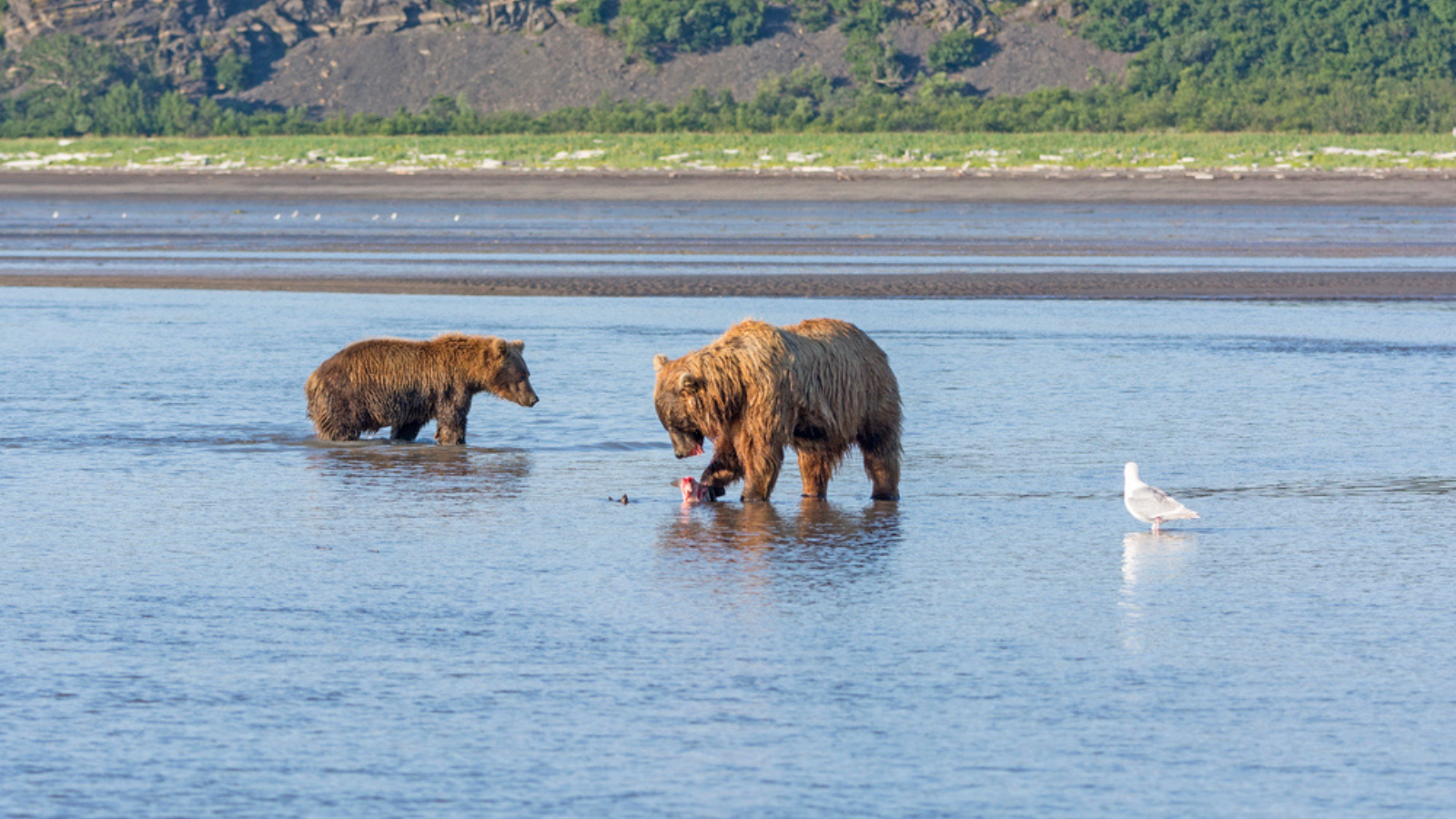
Brown bears rule Katmai National Park, especially at Brooks Falls, where they’ve perfected the art of salmon fishing. During peak season in July, dozens of massive bears gather at the falls to catch sockeye salmon swimming upstream to spawn. The viewing platforms let you watch these 800-pound giants snag fish right out of mid-air as if playing a game of catch.
Rangers estimate that over 2,200 brown bears call Katmai home, making it one of the densest bear populations anywhere.
Like Travel Pug’s content? Follow us on MSN.
Glacier Bay National Park
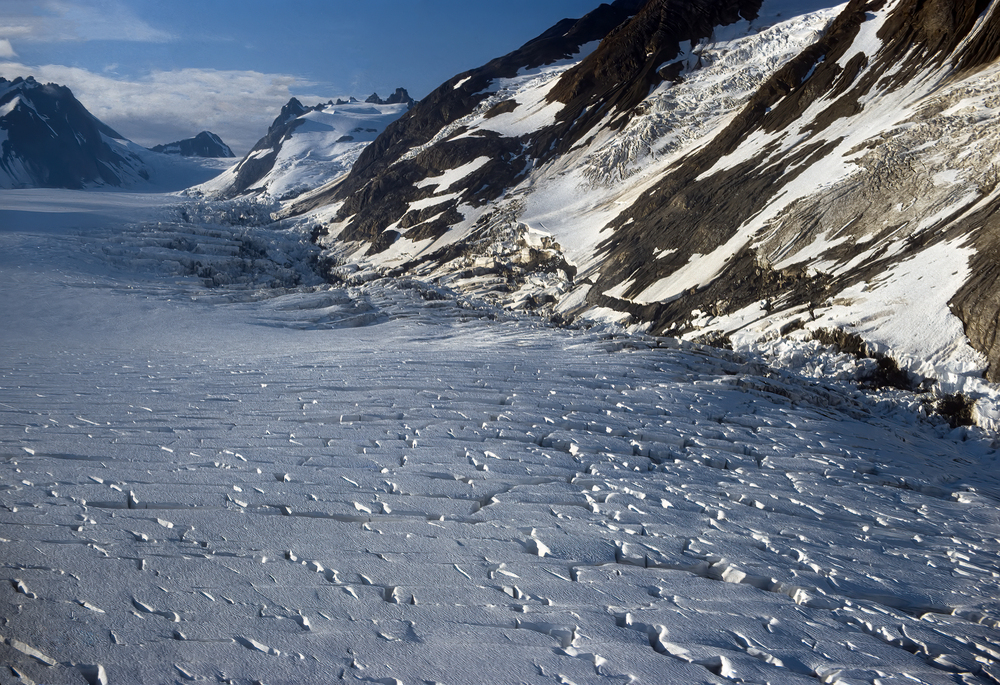
Glacier Bay combines two incredible spectacles: massive tidewater glaciers and abundant marine wildlife. Humpback whales feed in the nutrient-rich waters while harbor seals lounge on floating ice chunks like they’re at a spa. Orcas patrol the deeper waters, and if you’re lucky, you might witness them hunting in coordinated pods.
The park’s 3.3 million acres include both icy fjords and temperate rainforests, creating habitats for everything from mountain goats to puffins.
Chugach State Park
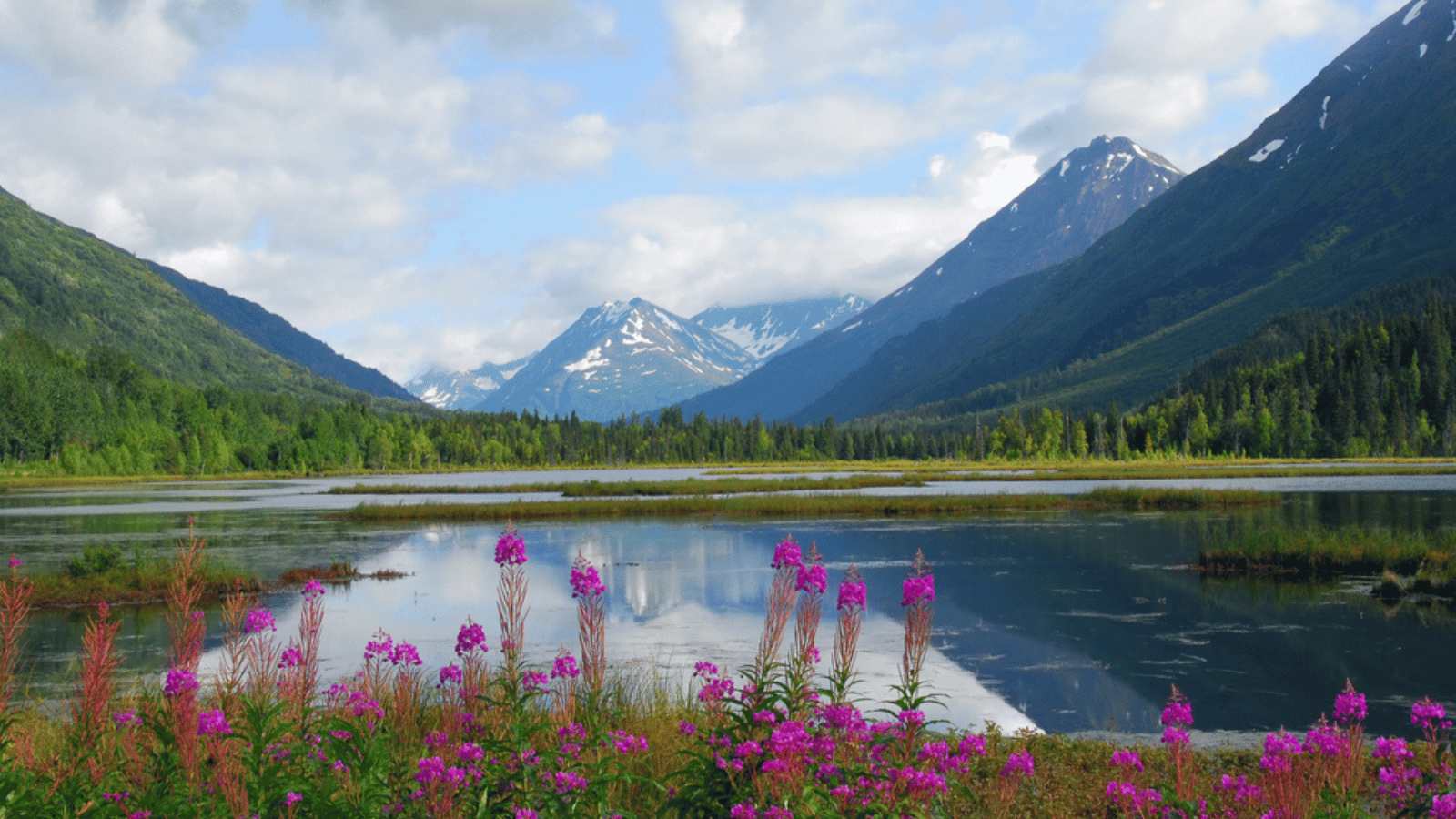
Just outside Anchorage, Chugach State Park offers easily accessible wildlife viewing without requiring a bush plane ticket. Moose wander through neighborhoods like they’re checking out real estate, while black bears forage for berries along hiking trails. Dall sheep navigate impossibly steep cliffs with the confidence of professional rock climbers.
The park’s proximity to Alaska’s largest city makes it perfect for visitors who want wilderness experiences without leaving civilization completely behind.
Arctic National Wildlife Refuge

The Arctic National Wildlife Refuge protects 19.3 million acres of pristine wilderness where caribou have been migrating for thousands of years. The Porcupine Caribou Herd numbers around 200,000 animals that move across the tundra in massive groups during spring and fall migrations.
Polar bears den along the coastal plain, while arctic foxes change their coats from brown to white as seasons shift. This remote refuge requires serious planning to visit, but rewards adventurous travelers with wildlife experiences found nowhere else.
Like Travel Pug’s content? Follow us on MSN.
Kenai Fjords National Park

Kenai Fjords showcases marine wildlife against a backdrop of glaciers tumbling into the ocean. Stellar sea lions gather on rocky outcrops in groups that can number in the hundreds, creating a cacophony of barking that echoes off fjord walls. Orcas, humpback whales, and minke whales feed in the deep waters, while sea otters float on their backs cracking open sea urchins like they’re having lunch in bed.
The park’s boat tours offer front-row seats to this marine wildlife extravaganza.
Mendenhall Glacier

Located just 12 miles from downtown Juneau, Mendenhall Glacier attracts both tourists and black bears who come to feast on spawning salmon in Mendenhall Creek. The glacier serves as a stunning backdrop while bears fish just yards away from viewing platforms.
Bald eagles perch in nearby trees waiting for easy meals, and porcupines occasionally waddle across trails like spiky footballs. The area’s accessibility makes it perfect for families wanting guaranteed wildlife encounters without hiking for hours.
Pack Creek
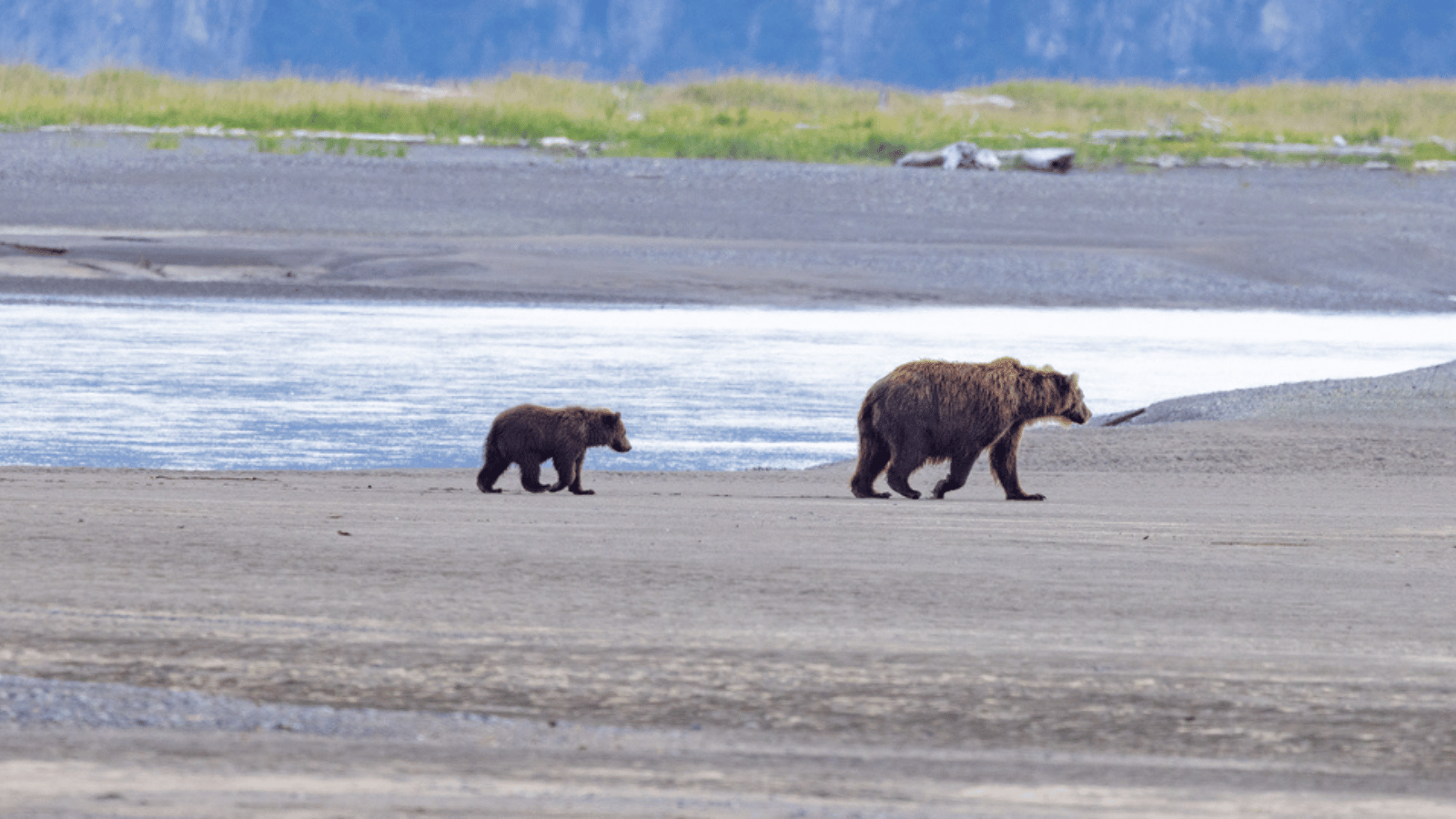
Pack Creek on Admiralty Island offers some of Alaska’s most intimate brown bear viewing experiences. The creek attracts bears during salmon runs, and viewing is limited to small groups with permits, creating a more exclusive wildlife encounter. Bears here seem less concerned about human presence, allowing for incredible photography opportunities as they fish, play, and interact with each other.
The island itself is home to one of the world’s densest brown bear populations, with an estimated 1,600 bears living on land roughly the size of Delaware.
Like Travel Pug’s content? Follow us on MSN.
Haines

The town of Haines becomes eagle central during late fall when thousands of bald eagles gather along the Chilkat River to feed on spawning salmon. The Chilkat Bald Eagle Preserve protects this critical habitat where up to 4,000 eagles congregate in November, creating one of the largest gatherings of bald eagles anywhere.
These majestic birds perch in cottonwood trees like Christmas ornaments, and the sight of hundreds taking flight simultaneously looks like something from a nature documentary. Local guides know the best viewing spots and timing for maximum eagle encounters.
Barrow (Utqiagvik)
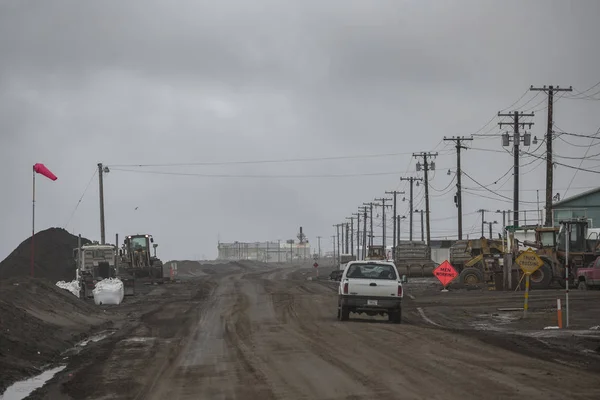
Barrow, now officially called Utqiagvik, sits at the top of Alaska where the Arctic Ocean meets endless tundra. Polar bears hunt seals along the ice edge during winter and spring, while arctic foxes scavenge for scraps. The town offers unique opportunities to see snowy owls, arctic terns, and other birds adapted to extreme northern conditions.
Summer brings beluga whales close to shore, and the midnight sun creates surreal lighting for wildlife photography.
Pribilof Islands
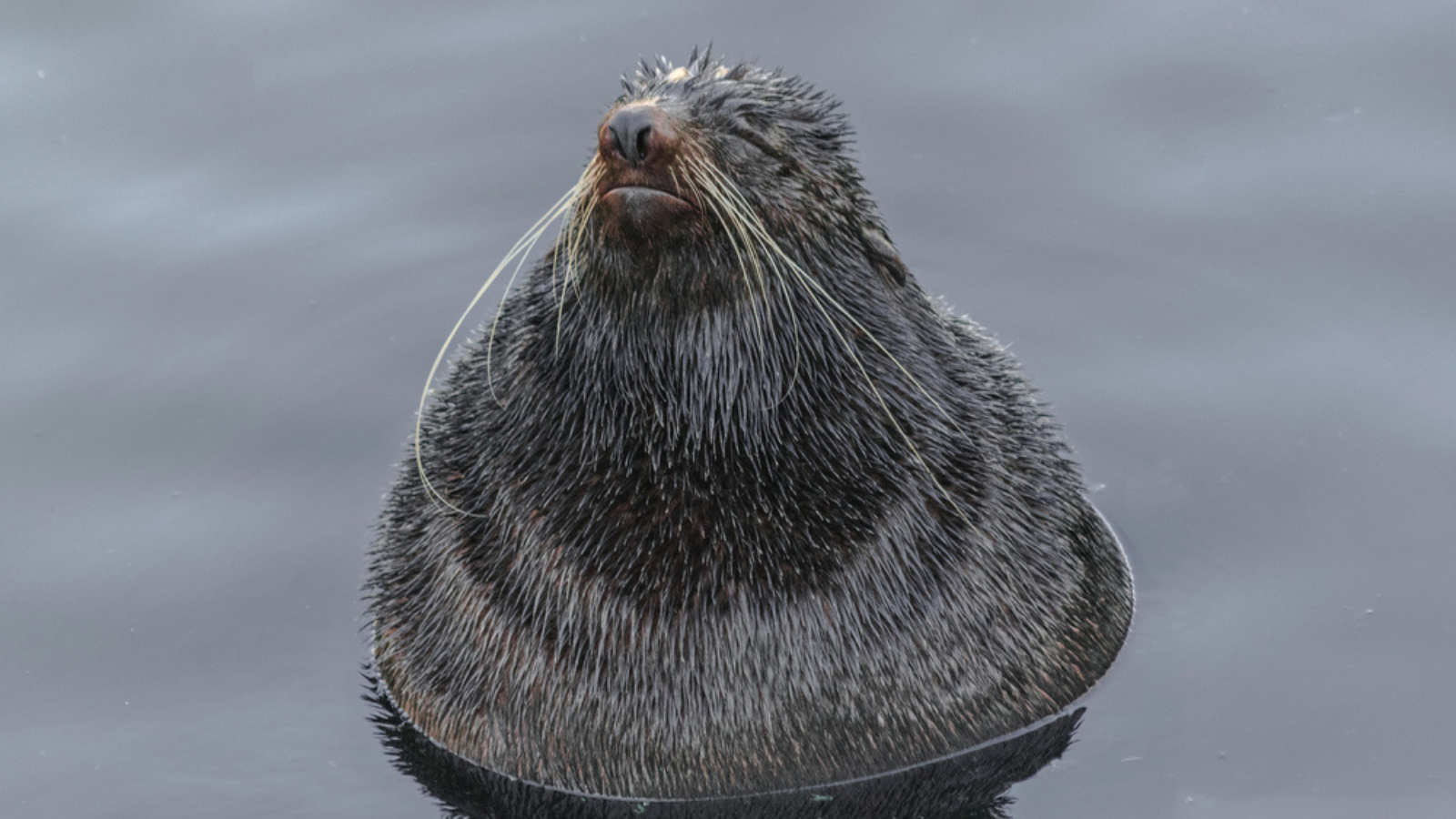
The remote Pribilof Islands host one of the world’s largest northern fur seal rookeries, with hundreds of thousands of seals gathering to breed each summer. Stellar sea lions also haul out on beaches in massive numbers, creating wildlife spectacles that few people ever witness.
The islands attract over 240 bird species, including rare Asian migrants that excite serious birders. Getting to the Pribilofs requires flights from Anchorage, but the wildlife payoff is extraordinary.
Like Travel Pug’s content? Follow us on MSN.
Wrangell-St. Elias National Park

America’s largest national park covers 13.2 million acres of mountains, glaciers, and wildlife habitat where Dall sheep navigate peaks and brown bears roam valleys. The park’s remote location means wildlife remains relatively undisturbed, offering viewing experiences that feel genuinely wild.
Mountain goats cling to impossibly steep terrain while golden eagles soar overhead on thermals rising from sun-warmed rocks. Caribou herds move through high country passes following ancient migration routes.
Nome
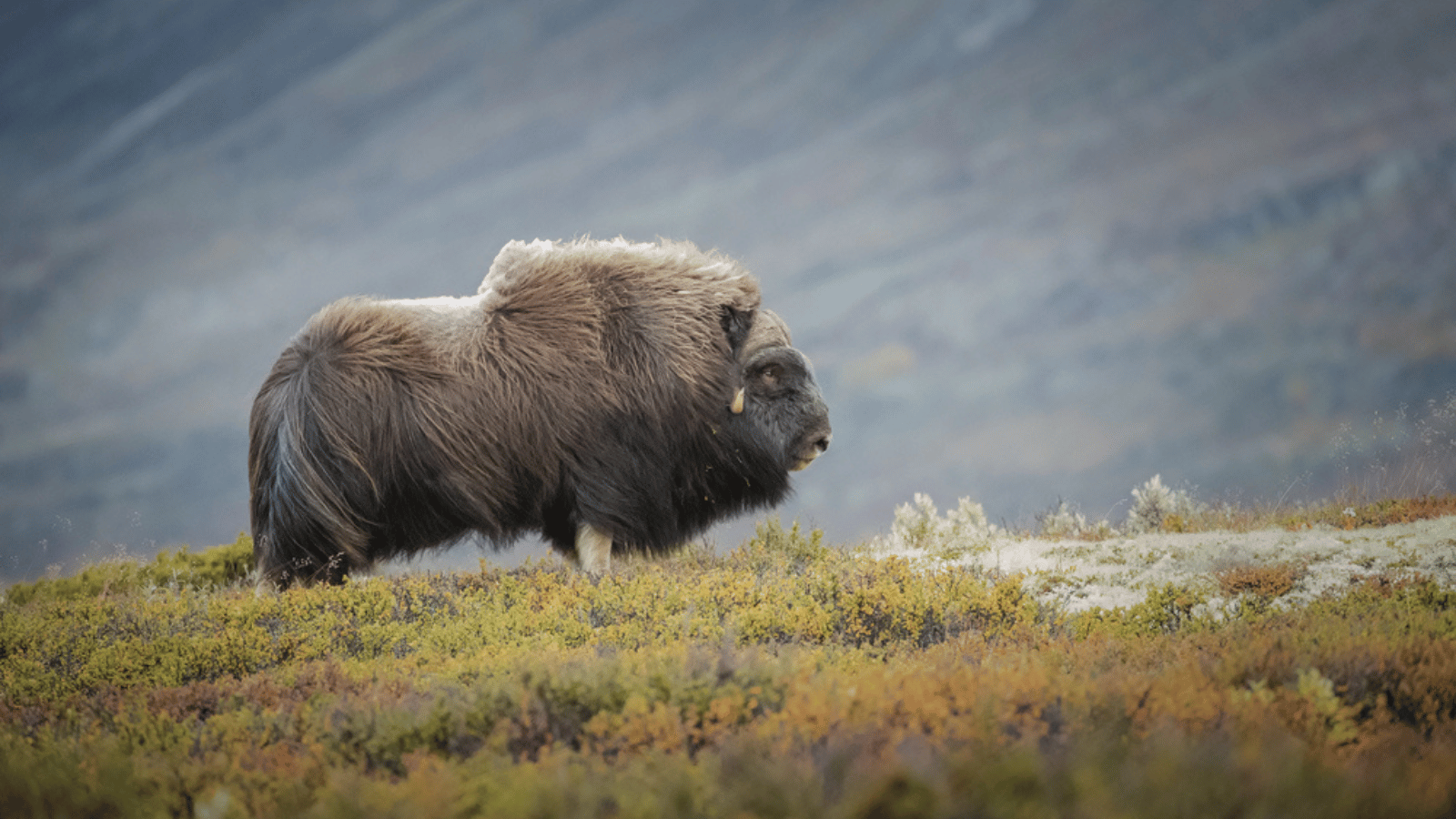
The town of Nome sits on the Bering Sea coast where tundra meets ocean, creating habitat for musk oxen that look like walking carpets from prehistoric times. These shaggy giants roam the area around Nome, along with reindeer herds managed by local Native corporations.
Snowy owls hunt lemmings across the open landscape, and polar bears occasionally wander into town from sea ice. Nome’s road system allows visitors to explore tundra wildlife without expensive flight costs.
Copper River Delta
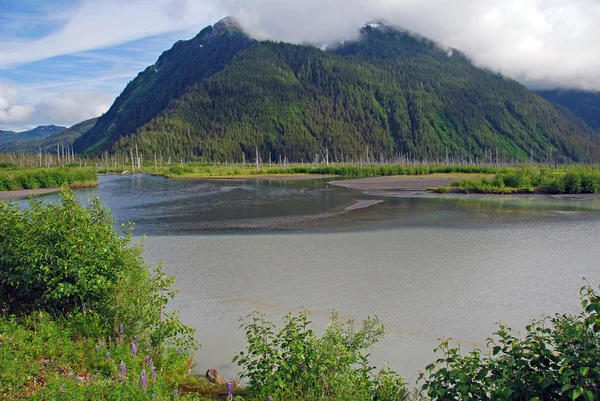
The Copper River Delta near Cordova transforms into a bird paradise during spring migration when millions of shorebirds stop to refuel. Western sandpipers and dunlin create massive flocks that move like living clouds across mudflats.
The delta’s rich ecosystem also supports brown bears, moose, and wolves, while trumpeter swans nest in quiet backwaters. This 700,000-acre wetland complex ranks among North America’s most important bird habitats.
Like Travel Pug’s content? Follow us on MSN.
Lake Clark National Park
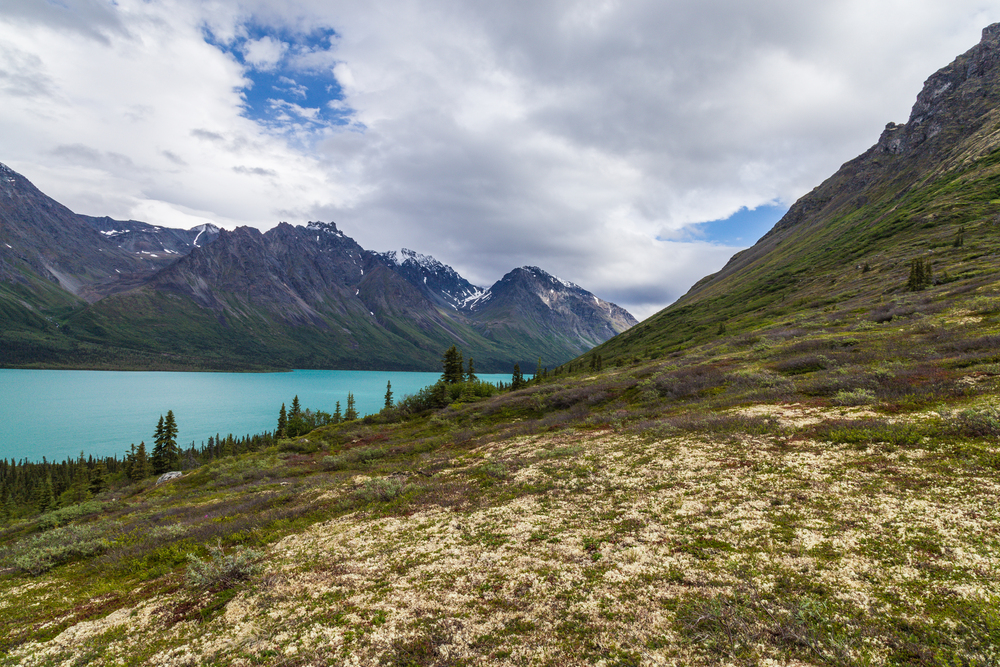
Lake Clark National Park protects diverse ecosystems from coastal waters to inland mountains, where brown bears fish for salmon while bald eagles wait for scraps. The park’s remote location means wildlife viewing often happens without crowds, creating intimate encounters with Alaska’s iconic species.
Wolves howl across valleys, and lynx prowl through spruce forests like ghostly shadows. Caribou herds migrate through high passes while Dall sheep watch from rocky perches.
St. Matthew Island
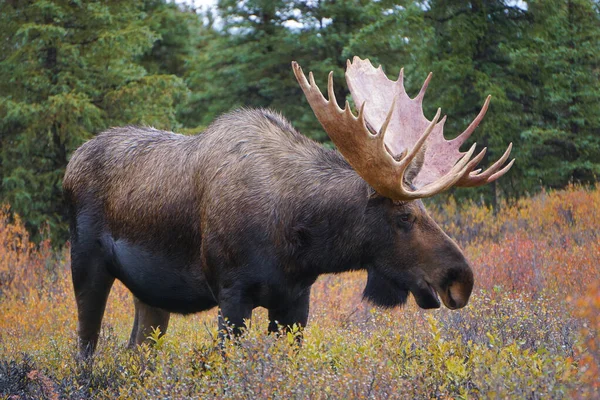
St. Matthew Island in the Bering Sea hosts massive seabird colonies and Arctic fox populations in one of Alaska’s most remote wildlife refuges. Millions of seabirds nest on clifftops during summer, creating a cacophony of sound and activity visible from miles away.
The island’s isolation has preserved ecosystems largely unchanged by human influence. Polar bears hunt along ice edges during winter, and walruses haul out on beaches in impressive numbers.
Kodiak Island
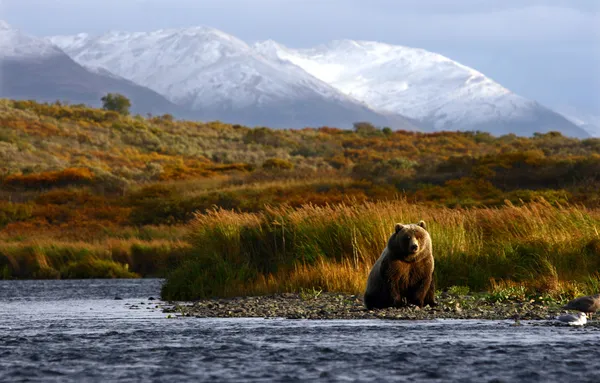
Kodiak Island supports the world’s largest brown bears, with some males weighing over 1,500 pounds during peak salmon season. These Kodiak bears have evolved larger than their mainland cousins due to abundant food sources and a lack of competition from other large predators.
The island’s streams run red with salmon during spawning season, attracting bears from across the island to feast. Bald eagles, harbor seals, and Steller sea lions add to the wildlife diversity around Kodiak’s rugged coastline.
Like Travel Pug’s content? Follow us on MSN.
Alaska’s Enduring Wild Kingdom
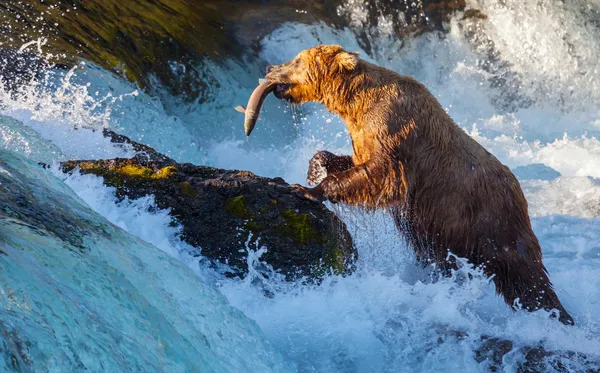
These 17 locations represent just a fraction of Alaska’s wildlife viewing opportunities, but they showcase how the state has managed to preserve vast wilderness areas where animals still follow ancient patterns. From the Arctic Ocean to temperate rainforests, Alaska’s diverse ecosystems continue supporting wildlife populations that have largely disappeared from other parts of North America.
The state’s commitment to conservation ensures that future generations will witness grizzly bears fishing for salmon and eagles soaring over pristine landscapes. Alaska remains America’s last true wilderness, where wildlife still rules and visitors are simply privileged guests in nature’s grand theater.
More from Travel Pug

- 20 Best Beach Towns in the Carolinas
- 13 Destinations Where Tourists Regularly Regret Their Trip
- 20 Things You Actually Get in First Class
- 20 Small Airports With Aviation Museums
- 20 Places in the U.S. That Are Perfect for a Reset Trip
Like Travel Pug’s content? Follow us on MSN.
